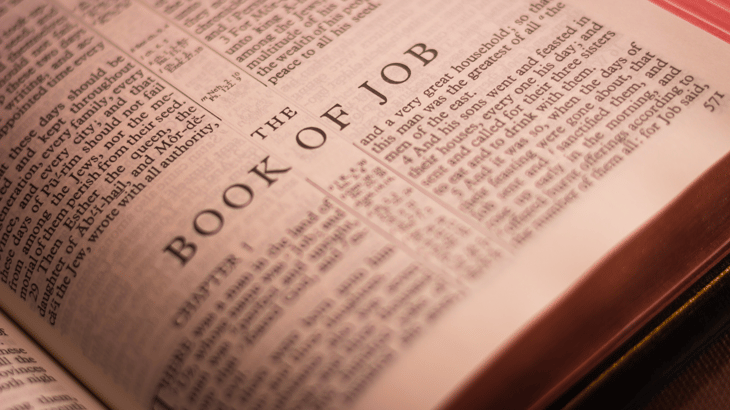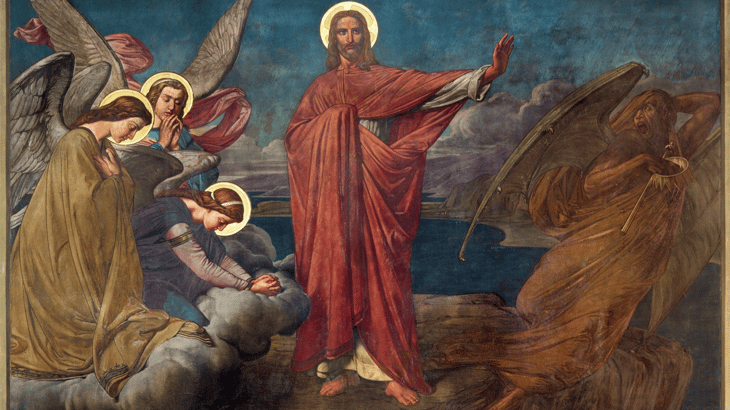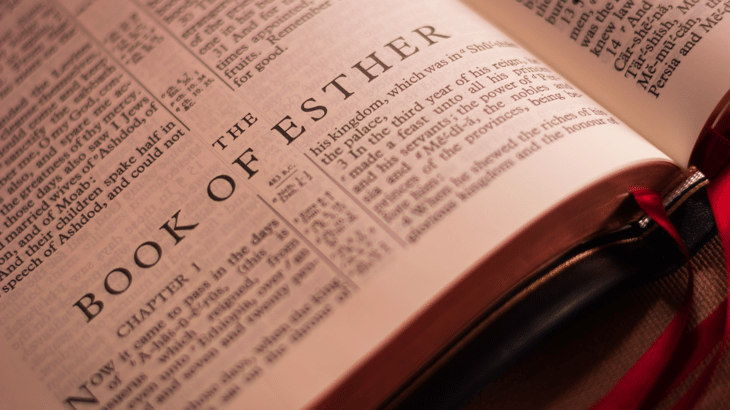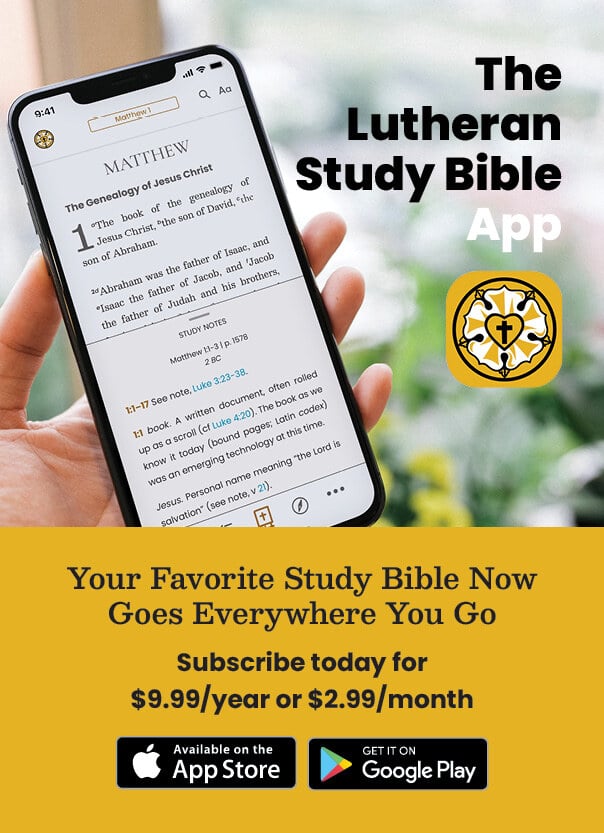Digging Deeper into Scripture: John 8:48–59
Explore Christ’s great confession, “Before Abraham was, I am” (John 8:58), to the Pharisees and the highlights of John’s Greek with Rev. Phil Rigdon.
Proverbs: An Overview
Digging Deeper into Scripture: Revelation 21:1–7
Exploring the original Greek of Revelation 21, Pastor Rigdon shows us Christ’s words on the new heaven and the new earth promised to us in the last days.
The Psalms: An Overview
The Book of Psalms contains songs and prayers for every occasion. In fact, the Psalms collectively cover so much of the faith that they were rightly called a “little Bible” by the Church Fathers. This selection provides a summary of each of the 150 psalms, serving as both an overview of the Book of Psalms and a guide. The psalms are grouped by their traditional “books,” or series of Psalms, ending with a doxology.
Digging Deeper into Scripture: Luke 24:1–12
The resurrection of our Lord, despite the initial disbelief of the disciples, was no surprise. Rather, it was a promise repeated throughout the Old Testament and Christ’s own ministry. Best of all, this is just one of God’s many promises for you!
A Transformative Change of Heart
Born sinners, we know we need to be redeemed, cleansed, and born again. But how? The Greek word metanoia sheds some light on the subject.
The Book of Job: An Overview
Job is renowned as the archetypical “suffering man” of the Old Testament, and rightly so. His losses were immense. But his comfort amidst his suffering is the knowledge that God Himself is perfectly steadfast and desires to act in mercy toward His servants.
Digging Deeper into Scripture: Luke 4:1–13
Below, Phil Rigdon explores the temptation of Jesus as recounted in Luke 4:1–13.
Esther: An Overview
The following is adapted from volume 1 of The Lutheran Bible Companion on the Book of Esther.
Digging Deeper into Scripture: Luke 5:1–11
In Luke 5, Christ preaches to the crowds and grants a miracle of fish to Simon Peter and his fellow fisherman. This great mass of fish was only a precursor to the great catch of the faithful that Christ has won for God through His Word and ministry.


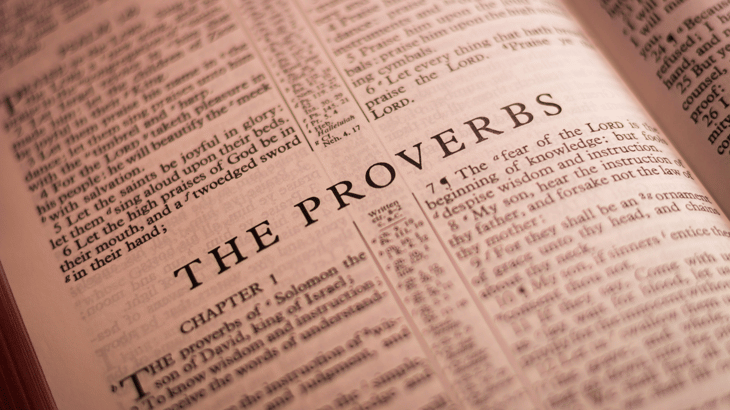

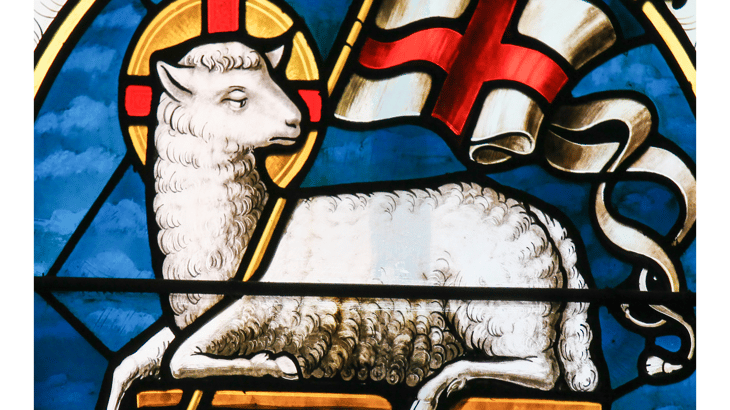
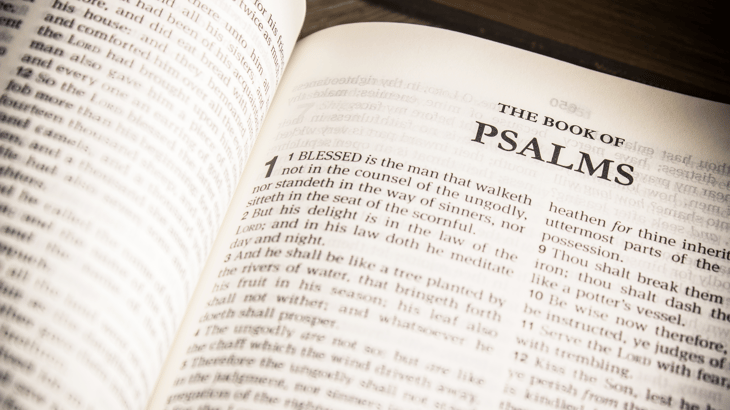
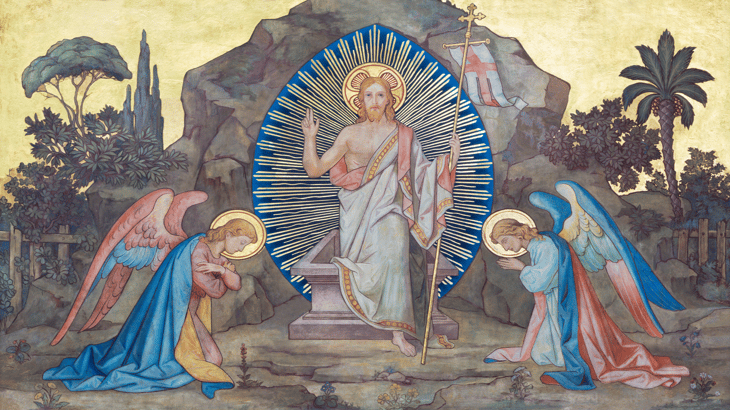

-1.jpg?width=50&height=50&name=DSC_0210%20Samantha%20Hoorelbek_Original%20(1)-1.jpg)
